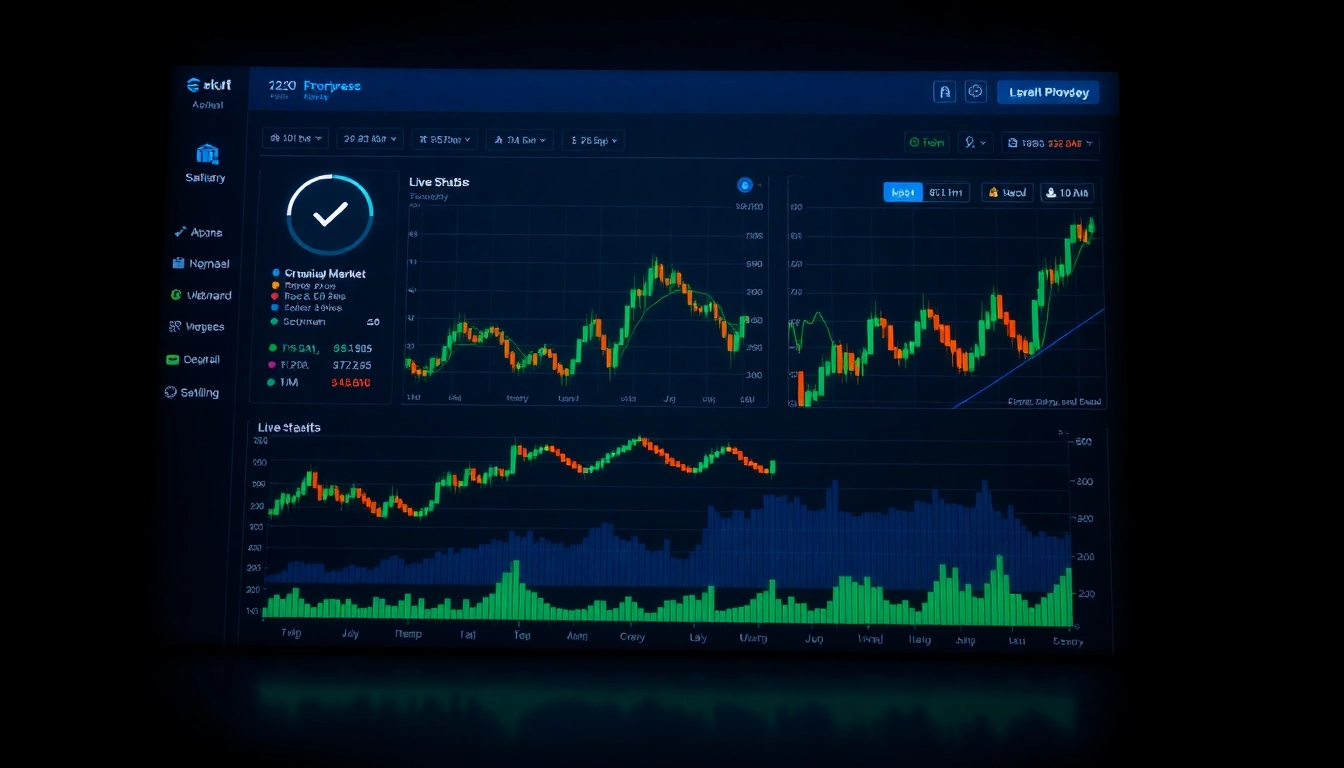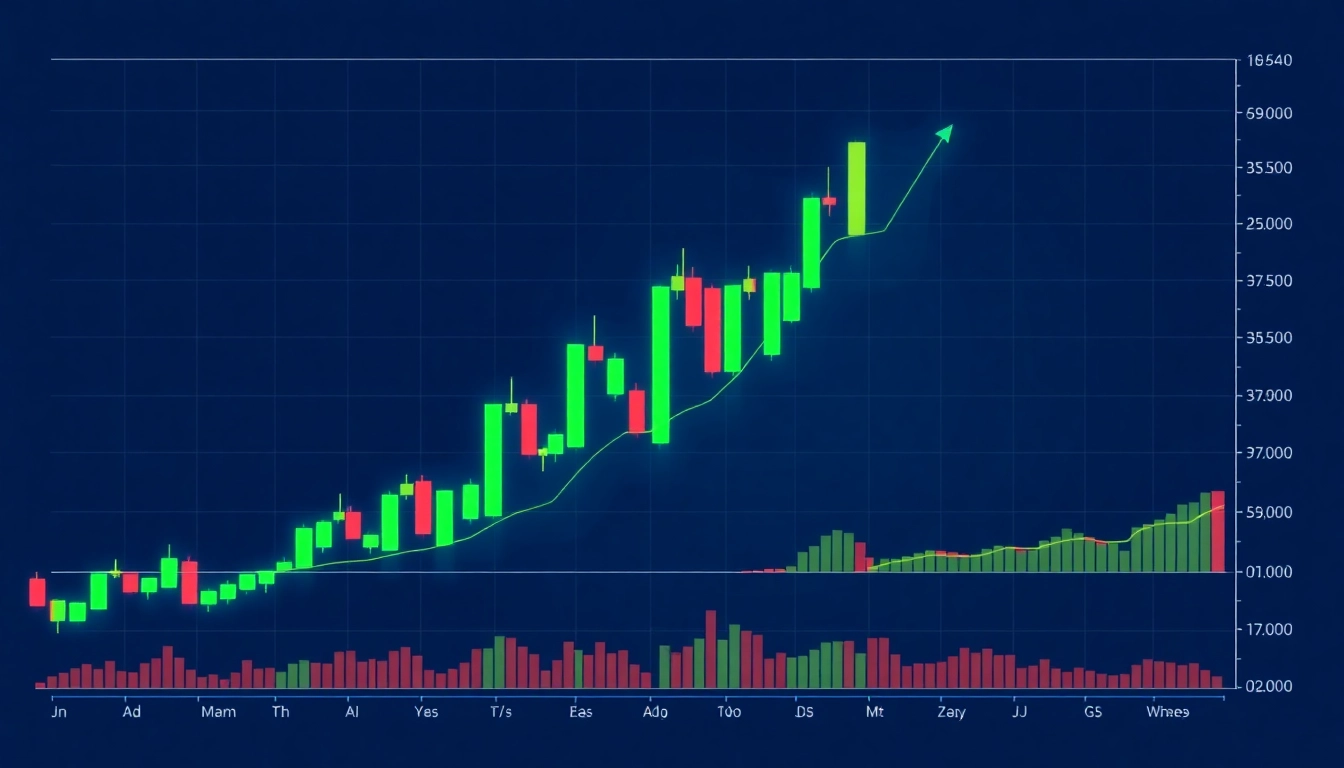Understanding Income Drawdown: Basics and Benefits
What Is Income Drawdown and How Does It Work?
Income drawdown is a flexible retirement income strategy that allows individuals to keep their pension savings invested while drawing a regular income. Unlike purchasing an annuity, which provides a fixed payment for life, income drawdown enables retirees to manage their withdrawals and investment choices actively. This approach offers the advantage of maintaining control over pension funds, adapting withdrawals based on changing circumstances, and potentially benefitting from investment growth.
In practical terms, once you’ve moved your pension pot into an income drawdown arrangement, you can decide how much to withdraw—either as a fixed regular sum or variable amounts depending on your needs. The remaining funds continue to be invested, offering the potential for continued growth or loss, depending on market performance. To understand the full scope, consider it as a combination of investment management and income planning, giving retirees a tailored approach to income-generating assets.
For more detailed guidance, explore our Guide To Income Drawdown, which offers comprehensive insights into planning and executing this strategy effectively.
Key Benefits of Choosing Income Drawdown Over Annuities
Opting for income drawdown over annuities offers several significant benefits, making it an attractive choice for modern retirees:
- Flexibility: Income drawdown allows retirees to adjust their withdrawal amounts according to their evolving financial needs and circumstances. This flexibility is crucial during unforeseen events or market changes.
- Investment Control: Retirees can choose how their pension funds are invested, aligning their strategy with risk appetite, market conditions, and long-term goals.
- Potential for Asset Growth: Unlike fixed annuity payments, income drawdown keeps funds invested, which could lead to capital appreciation, potentially increasing the total income available over time.
- Inheritance Opportunities: Unused funds in an income drawdown scheme can be passed on to heirs, providing estate planning advantages.
- Inflation Management: Because withdrawals can be adjusted, retirees have the opportunity to increase income to counteract inflation, preserving purchasing power.
However, these benefits come with increased responsibilities, such as managing investments and risks, which underscores the importance of proper planning.
Common Misconceptions About Income Drawdown
Despite its popularity, income drawdown is often misunderstood. Common misconceptions include:
- It’s too risky: While investment risk exists, proper asset allocation and regular reviews can mitigate major losses.
- It’s only suitable for high-net-worth individuals: With appropriate planning, many retirees with moderate pension savings can benefit from income drawdown.
- It guarantees lifetime income: Unlike annuities, income drawdown does not guarantee payments for life, meaning managing longevity risk is essential.
- It’s complex and difficult to manage: With professional advice and proper monitoring, effective management of income drawdown is achievable for most individuals.
Dispelling these myths helps retirees make informed decisions aligned with their financial goals and risk tolerance.
Assessing Suitability and Planning Your Income Drawdown Strategy
Who Should Consider Income Drawdown?
Income drawdown is best suited for individuals who have sufficient pension savings, are comfortable managing investments, and seek flexibility in their retirement income. It often appeals to:
- Those with moderate to large pension pots who want to avoid the inflexibility of annuities.
- Retirees with a long life expectancy aiming to preserve capital for as long as possible.
- Individuals who prefer to leave a financial legacy or pass on assets to heirs.
- Those with a good understanding of investment risk, or willingness to seek professional advice to manage it.
Conversely, those uncomfortable with market fluctuations or with limited financial literacy might benefit from alternative income options or seeking professional guidance.
Factors to Evaluate Before Starting Income Drawdown
Before opting for income drawdown, consider these critical factors:
- Size of pension savings: Larger pots provide more flexibility and options.
- Expected longevity: Planning for a potentially long retirement ensures funds will last.
- Investment knowledge and appetite for risk: Be honest about your ability to manage investments or consider professional support.
- Retirement income needs: Determine your essential expenses versus discretionary spending.
- Tax implications: Withdrawal amounts and timing can impact tax liabilities, which should be planned accordingly.
- Market environment: Economic conditions and market outlook influence investment strategies within drawdown plans.
A comprehensive assessment, possibly with a financial advisor, ensures your income drawdown plan aligns with your retirement goals and risk profile.
How to Tailor Income Drawdown to Your Retirement Goals
Customizing your income drawdown strategy involves aligning withdrawals with personal objectives, whether it’s preserving capital, generating steady income, or leaving an inheritance. Key steps include:
- Defining your annual income requirement and flexibility margin.
- Establishing initial withdrawal strategies that consider market conditions and investment returns.
- Creating a contingency plan for market downturns, such as pausing or reducing withdrawals.
- Deciding on investment asset allocation—balancing growth assets like equities with more stable bonds to manage risk.
- Incorporating inflation-linked components to maintain purchasing power over time.
This tailored approach ensures your retirement income strategy remains adaptable and resilient to economic shifts, safeguarding your financial well-being.
Implementation Steps for Effective Income Drawdown Management
Setting Up Your Income Drawdown Account
Establishing an income drawdown plan typically involves transferring pension funds into an appropriate provider offering drawdown options. This process includes:
- Consulting with a qualified financial advisor to understand available options and provider charges.
- Reviewing investment choices within the drawdown scheme, including fund types and risk levels.
- Completing necessary paperwork and regulatory compliance for transferring pension assets.
- Deciding on initial withdrawal amounts and frequency.
- Documenting your plan, including contingency measures for market volatility or unexpected expenses.
Choosing a reputable provider and establishing clear guidelines from the outset are vital for smooth management.
Monitoring and Adjusting Your Drawdown Strategy
Ongoing management is crucial for ensuring your income drawdown remains aligned with your goals. Regular reviews should include:
- Assessing investment performance and adjusting asset allocation if necessary.
- Monitoring your income needs against changing circumstances, such as health or market conditions.
- Rebalancing your portfolio to maintain risk and growth objectives.
- Adjusting withdrawal amounts in response to inflation, taxes, or unexpected expenses.
Annual reviews or more frequent assessments during volatile periods can help mitigate risks and optimize income generation.
Tax Implications and Regulations to Watch For
Withdrawals from pension schemes are subject to taxation based on rules set by HM Revenue & Customs. Key points include:
- Tax-free lump sum entitlement: Typically up to 25% of the pension pot can be taken tax-free.
- Income tax on withdrawals: Regular income may be taxed at your marginal rate.
- Annual allowance and lifetime allowance limits that impact withdrawal strategy.
- Changes in regulations that could affect future withdrawals or transfer options.
Careful tax planning, potentially with professional advice, can maximize your pension income and reduce liabilities.
Optimizing Income Drawdown for Longevity and Flexibility
Strategies to Maximize Retirement Income
Achieving the best balance of income and longevity involves strategies such as:
- Using phased withdrawal techniques—starting with modest withdrawals and increasing as needed.
- Employing variable withdrawal plans that depend on market performance and personal circumstances.
- Incorporating income smoothing, where fluctuations are managed to provide stable income streams.
- Utilizing annuity options as a fallback or complement to income drawdown for longevity risk mitigation.
These methods ensure consistent income while allowing flexibility to adapt to changing needs and market conditions.
Incorporating Investment Choices and Asset Allocation
Investment decisions within income drawdown significantly influence outcomes. Best practices include:
- Diversifying across asset classes—equities, bonds, property, and alternative investments—to spread risk.
- Adjusting risk levels as age progresses, moving from growth-focused to income-focused assets.
- Considering inflation-protected investments to maintain purchasing power.
- Utilizing professional portfolio management or robo-advisors for optimized asset allocation.
Effective asset allocation is fundamental to balancing risk, growth potential, and income stability.
Measuring Success and Adjusting Your Income Drawdown Plan
Key Performance Indicators for Income Drawdown
To evaluate your plan’s effectiveness, monitor key indicators such as:
- Portfolio performance relative to benchmarks.
- Income sustainability over planned periods.
- Impact of withdrawals on capital longevity.
- Tax efficiency and compliance.
- Ability to meet your retirement lifestyle objectives.
Regularly tracking these metrics allows for proactive adjustments, ensuring your retirement funds last and grow as intended.
When to Reassess Your Strategy
Reassessment should occur in response to significant life events or economic changes, such as:
- Health issues increasing or decreasing expenditure needs.
- Market downturns impacting investment values.
- Changes in tax laws or pension regulations.
- Improvement in market outlook or post-retirement income needs shifting.
Periodic reviews—ideally annually—paired with professional advice, help maintain an optimal income drawdown plan tailored to your evolving circumstances.



